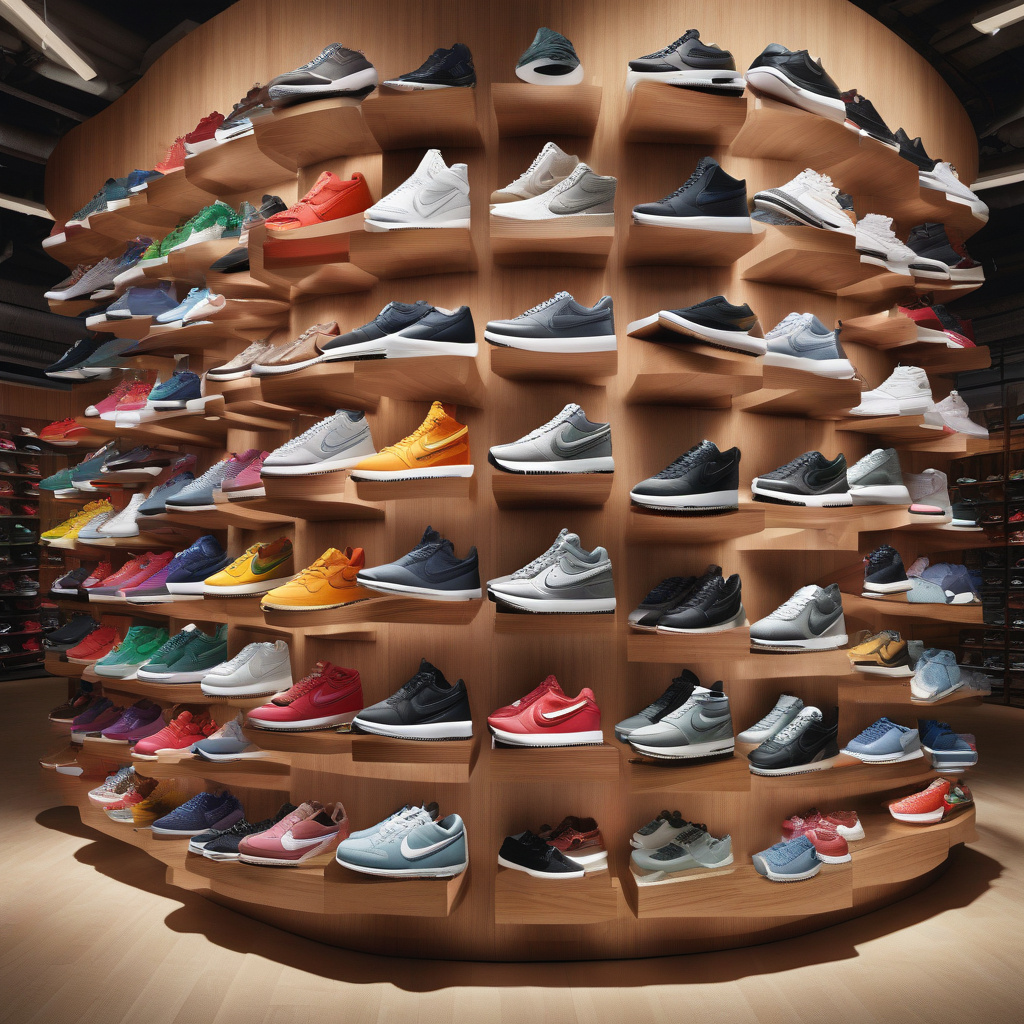Nike’s Evolving Distribution Strategy: A Closer Look at the Brand’s Relationship With Wholesale
Nike, the iconic sportswear giant, has been making waves in the industry once again with its strategic shift towards third-party retail. This move comes six years after the company initially announced a pivot towards direct-to-consumer channels, signaling a complex and evolving relationship with wholesale partners. While some may view this as a step back from its direct-to-consumer focus, analysts argue that it is a natural progression in Nike’s distribution strategy.
In 2015, Nike made headlines when it unveiled plans to prioritize direct-to-consumer sales, aiming to boost its e-commerce business and reduce its reliance on wholesale partners. This shift was part of a broader effort to gain more control over its brand and customer experience, a strategy that many other retailers were also adopting at the time. However, the recent decision to re-engage with third-party retailers suggests that Nike is taking a more nuanced approach to its distribution channels.
Analysts point out that this move is not a complete reversal of priorities for Nike but rather a strategic evolution. By re-entering the wholesale market, Nike can tap into a wider customer base and reach consumers who prefer to shop at brick-and-mortar stores. This strategy allows the brand to strike a balance between its direct-to-consumer efforts and traditional wholesale partnerships, catering to different consumer preferences and shopping behaviors.
Moreover, Nike’s return to third-party retail is not just about expanding its reach; it also reflects a shift in the retail landscape. With the rise of e-commerce and changing consumer habits, traditional retailers are facing increasing pressure to adapt and innovate. By partnering with wholesale channels, Nike can support these retailers and help drive foot traffic to their stores, creating a win-win situation for both parties.
One example of Nike’s successful wholesale partnership is its collaboration with Foot Locker. Through exclusive releases and special promotions, Nike has been able to drive excitement and generate buzz around its products, attracting a new wave of customers to Foot Locker stores. This not only benefits Foot Locker by boosting sales but also strengthens Nike’s brand presence in the retail space.
Additionally, Nike’s foray back into wholesale can be seen as a strategic response to the challenges posed by competitors and disruptors in the industry. As new players enter the market and consumer preferences continue to evolve, Nike must remain agile and adaptable to stay ahead of the curve. By leveraging its wholesale partnerships, Nike can stay competitive and ensure that its products are available to consumers wherever they prefer to shop.
In conclusion, Nike’s decision to re-engage with third-party retailers represents a strategic evolution of its distribution strategy. By striking a balance between direct-to-consumer channels and wholesale partnerships, Nike can reach a broader audience, support traditional retailers, and stay ahead of the competition. This move underscores the brand’s commitment to innovation and adaptability in a rapidly changing retail landscape.
Nike, Wholesale, Distribution Strategy, Retail Partnerships, Consumer Preferences












